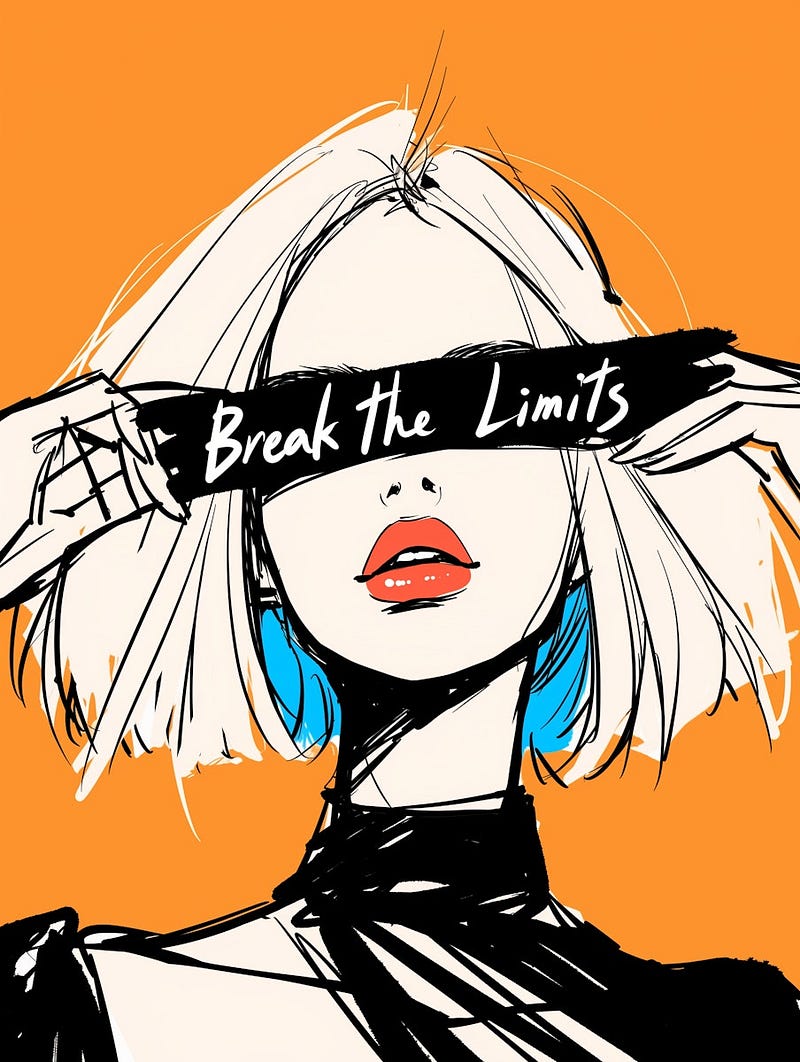Feb 9, 2025
The Designer's Edge: Validating with AI before Engineering
With AI-powered tools like Cursor, Windsurf, Bolt.new, and Lovable.dev, the role of Designers is evolving. Instead of simply handing off designs, I see a future where Designers take ownership of the first version of a product or feature — creating functional prototypes before Engineers step in.

Generated by Nika on Lummi
Product Designers are already deeply involved in shaping the vision. We collaborate with PMs, Executives, and stakeholders to turn ideas into something people want to use. This process typically starts with research to understand customer needs and problems, followed by ideation, workshops, and user journey mapping in Figma.
At its core, this work is about de-risking business decisions.
Designers don’t just make things look good — we ensure products are useful, intuitive, and aligned with customer needs. But there’s a gap in how we validate our work.
The Limitation of Figma Prototypes
Today, most testing happens in Figma. While Figma prototypes are great for getting early feedback, they don’t fully replicate a real user experience. They lack real inputs, system responses, errors, and the complexity of a working product (Read Beyond clicks and transitions, for more of my thoughts on this.).
A user clicking through a Figma prototype is evaluating an idea, not making a real decision about whether they would use the tool in their workflow.

The chaos of Figma prototyping. Image by Luke Dowding.
When users engage with an actual working prototype, their expectations shift. They interact more deeply, notice details, and evaluate whether the product truly fits their needs.
This is the level of feedback Designers need. We want to see how users incorporate the tool into their workflow, where they struggle, and where they find moments of delight.
The Problem with Waiting for Engineers
Right now, we wait for Engineers to build the first functional version. By that point, the product is already being developed with scalability, security, and production needs in mind — too late for meaningful design iteration.
We’re collecting critical feedback only after significant engineering investment.
This seems broken, especially given the AI tools now at our disposal. Designers no longer have to rely entirely on Engineering to build functional experiences.
With AI-powered editors like Cursor or Lovable.dev, anyone can create an intelligent prototype — a working version that mimics functionality and bridges the gap between static mocks and production code.
Why Intelligent Prototypes Matter
Intelligent prototypes aren’t about Designers replacing Engineers.
They’re about getting to richer, more realistic user feedback earlier in the process.
A functional prototype reveals edge cases and usability challenges that static designs might miss. It helps Designers refine experiences before costly engineering work begins.
If you believe Designers should help de-risk business decisions, then it’s time to integrate intelligent prototypes into your workflow.
Where to Start
Keep doing what you do best — researching, ideating, and designing in Figma. But when you’re honing in on a solution, try building a functional prototype.
Check out my guide, Rapid Prototyping with AI: Your guide to building with Cursor to get your setup working.
Don’t worry about perfect visuals or matching the design system — focus on whether it’s useful and easy to use. With this approach, by the time Engineers get involved, they’ll have a well-tested, validated experience to build on.
Try it with a small feature. Experiment with an AI tool of your choice. See how it changes your process.
Happy prototyping!
Hey, I'm Dylan ✌️
I’ve been a product designer for years, designing at companies like IBM, Amazon and now Snowflake. I’m currently exploring how to build better customer experiences with AI. Want to work together or chat about design? Book a call here or send me a message here.


